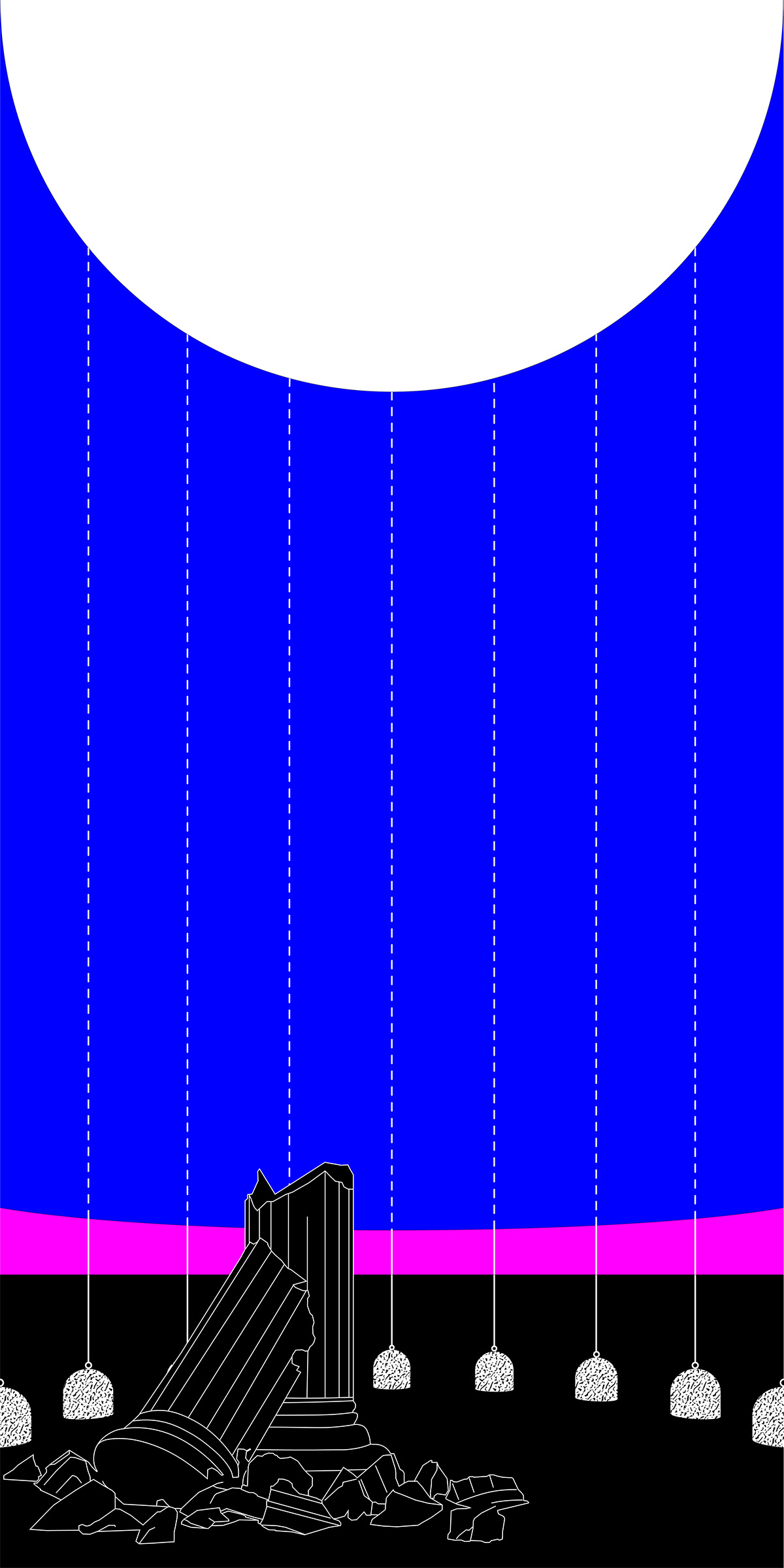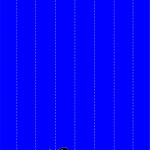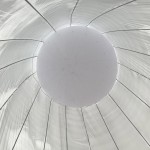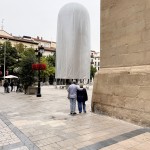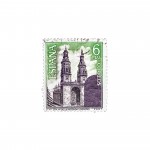2021 A DOME
A DOME
Logroño (Spain), 2021
A DOME is placed in the main square of the city center – Plaza del Mercado – in front of the facade of the cathedral of Santa Maria de La Redonda. The project intends to establish a dialogue with the architecture of the church: the volume of the pavilion is moulded on the monumental central niche of the facade. Its proportions are found rather than invented.
A DOME consists of a cylindrical envelope of lightweight, silver-colored technical fabric crowned by a hemispherical top. A balloon is trapped inside the envelope, and 12 anchoring cables are sewn to the fabric and anchored to concrete ballasts placed at the base along the circular perimeter. The balloon, measuring 7 meters in diameter, is filled with 179,21 cubic meters of helium, developing an upward force of about 180 kg and keeping the structure upright. The total height of the pavilion is 16,60 meters and its circumference is about 22 meters. The fabric envelope stops 2 meters above the ground allowing access to the space covered by the dome.
A DOME is an attempt to produce a monument through a minimum use of means. The structure is “temporarily monumental” and unstable. It occupies the city as the ghost of a possible architecture. Subject to the action of the wind, the volume of the dome is fluctuating and precarious. Depending on the weather conditions, the light emphasizes or dematerializes its surface.
A DOME activates a 40 sqm portion of public space. The tiny spot is populated by concrete objects: a bench, a fountain, the support for a lamp… The objects are heavy and dumb: fragments of an invented archeology. The balloon gravitates above them as a pale white moon, providing a bit of shadow and a feeling of wonder.
temporary pavilion for Concéntrico Festival in Logroño (La Rioja, Spain)
in collaboration with Enrico Dusi
client: Concéntrico Festival
surface: 40 sqm
photos: Josema Cutillas, Matteo Ghidoni
